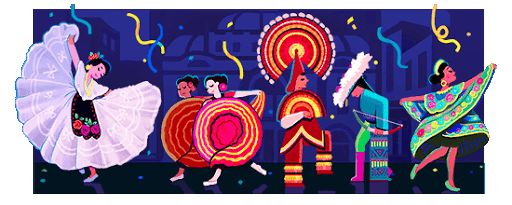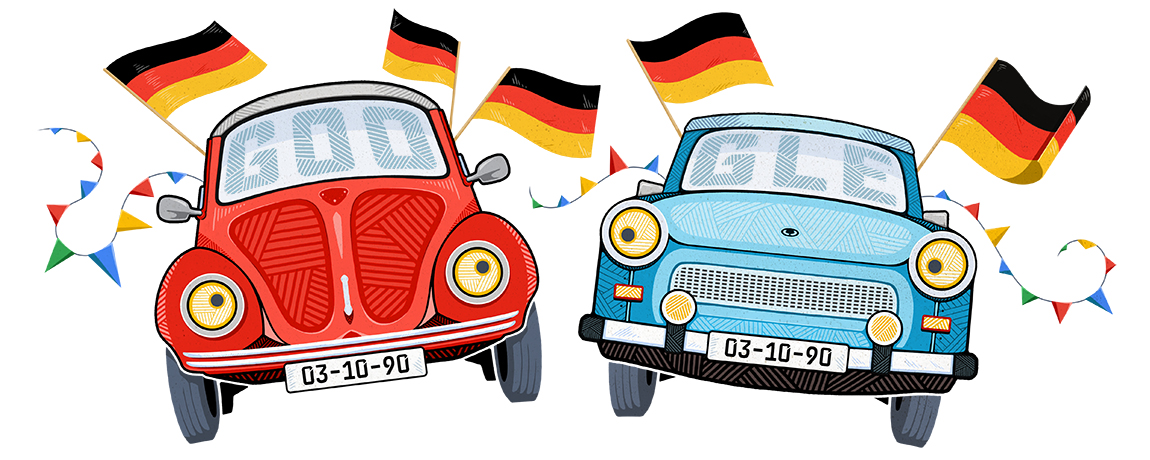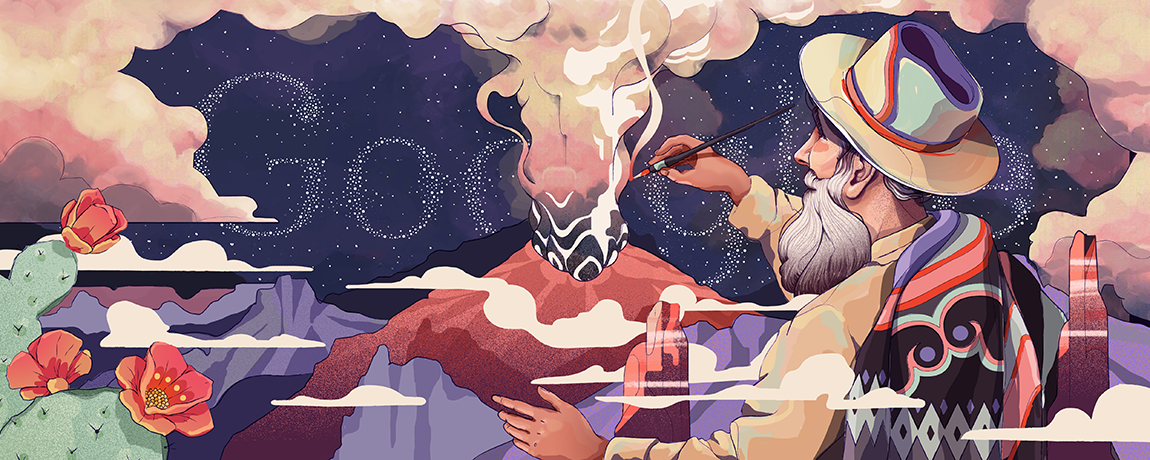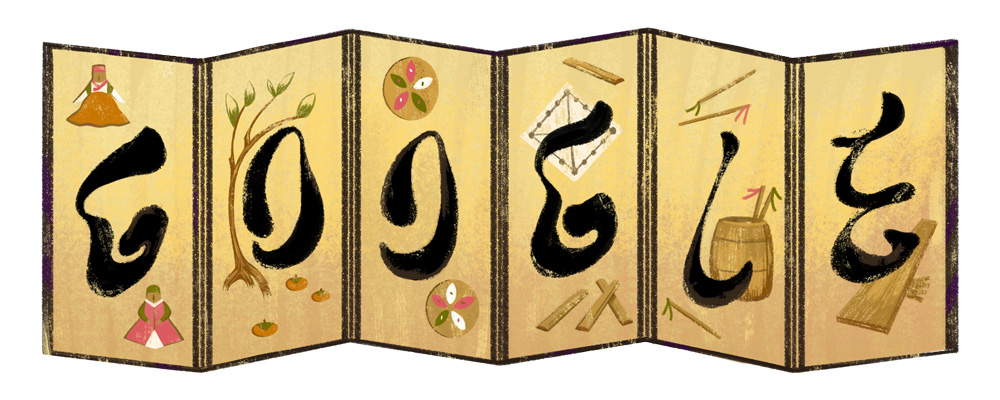Re: Google
Posted: Mon Sep 25, 2017 9:13 pm
Amalia Hernandez’s 100th Birthday

Today’s Doodle celebrates dancer and choreographer Amalia Hernandez. She founded the Ballet Folklorico de Mexico and used it to share Mexican culture with the world.
Born in 1917, Hernandez developed a passion for performing and dance early in life. She became a choreographer at the Fine Arts National Institute, where she taught modern dance. She then turned her focus to traditional Mexican folk dances. She combined these dances with more choreographed movements from her formal training, helping to create an entirely new style of dance known as baile folklorico.
In 1952, Hernandez founded the Ballet Folklorico de Mexico. Beginning with just eight dancers, the troupe grew to over three hundred in the years to follow. The company performed on television for the first time in 1954, after which they were featured in a weekly broadcast. This success allowed Amalia’s group to tour North America and even represent Mexico in the Pan American Games in 1959.
The Ballet Folklorico de Mexico still performs to this day. Since its inception, the group has danced for more than 22 million people. Hernandez remained involved with the company until her death in 2000, working alongside her daughters and grandson.
Happy 100th birthday to Amalia Hernandez, remembered as an ambassador of Mexican culture whose legacy lives on through the Ballet Folklorico.
Today’s Doodle celebrates dancer and choreographer Amalia Hernandez. She founded the Ballet Folklorico de Mexico and used it to share Mexican culture with the world.
Born in 1917, Hernandez developed a passion for performing and dance early in life. She became a choreographer at the Fine Arts National Institute, where she taught modern dance. She then turned her focus to traditional Mexican folk dances. She combined these dances with more choreographed movements from her formal training, helping to create an entirely new style of dance known as baile folklorico.
In 1952, Hernandez founded the Ballet Folklorico de Mexico. Beginning with just eight dancers, the troupe grew to over three hundred in the years to follow. The company performed on television for the first time in 1954, after which they were featured in a weekly broadcast. This success allowed Amalia’s group to tour North America and even represent Mexico in the Pan American Games in 1959.
The Ballet Folklorico de Mexico still performs to this day. Since its inception, the group has danced for more than 22 million people. Hernandez remained involved with the company until her death in 2000, working alongside her daughters and grandson.
Happy 100th birthday to Amalia Hernandez, remembered as an ambassador of Mexican culture whose legacy lives on through the Ballet Folklorico.




